Wire wrapping is a fantastic skill to master if you want to learn how to make components like ear wire, chain or clasps. Wire wrapping is also great for Christmas crafts, charm bracelets, and even high-end fashion jewelry. If you have not played with Craft Wire, now is the perfect time to get your feet wet.
Sara filmed a video discussing LoopRite Pliers. During the video she talks about Craft Wire. She discusses how to make eye pins, ear wire, and linked chain pieces. The video is quick and simple but it covers a lot of the fundamentals of wire wrapping. If you are a beginner, it is a wonderful entry into the craft of wire wrapping. If you have spent some time with Craft Wire, the video will show you an awesome new tool to add to your jewelry making supplies.
Sara starts her video discussing LoopRite Pliers. LoopRite Pliers are a new tool that we have just started carrying. We are excited to talk about them. LoopRite Pliers are round nose pliers with marked sizes on the nose. The marks determine the millimeter size of any loops you want to create. The marked loop sizes run from 2mm to 8mm. These guidelines will allow a jewelry designer to create uniform sized loops. If you are creating linked chain pieces, you can be sure that each size is identical. If you are a jewelry designer that enjoys creating components, like ear wire, at home rather than buying it, each ear wire you create will be consistent. Consistency is the earmark of an artisan. Regardless of a profession, if you are uniform in what you do, your work will be well regarded. LoopRite Pliers will give all of your finished loops a professional finish.
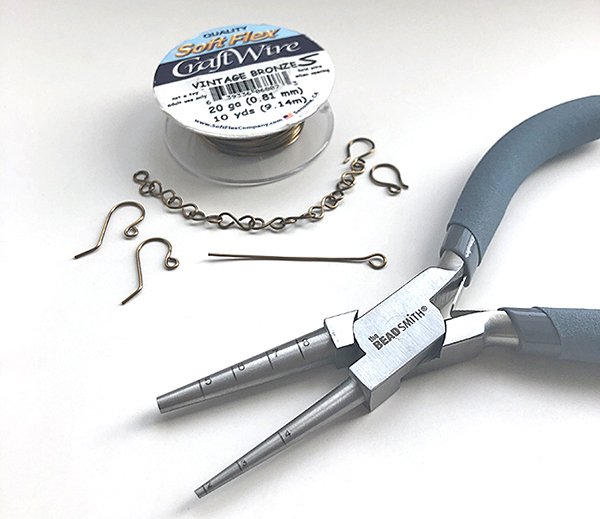
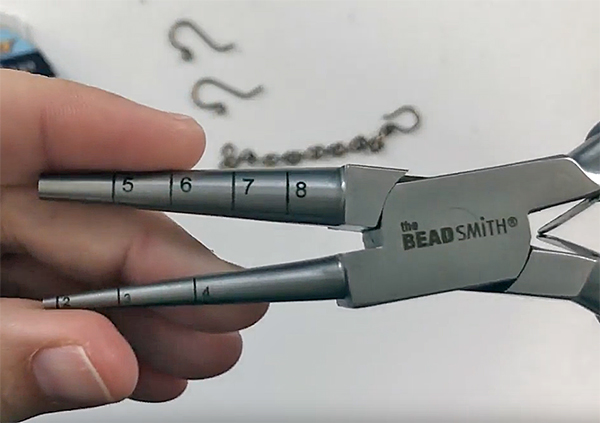
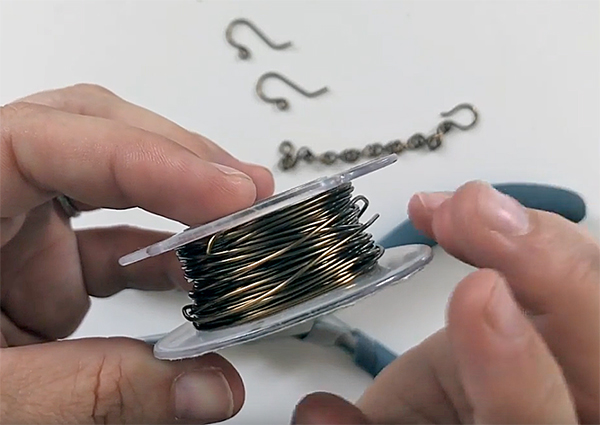
Sara then discusses Soft Flex Craft Wire. Craft Wire is a copper wire with a color polyurethane coating. The polyurethane coating prevents the metal from touching the skin and is hypoallergenic. The only metals used in creating Craft Wire are copper and fine silver, there is no lead or nickel. The color is permanent. It will not dull or diminish. The only Craft Wire we carry that will tarnish is Bare Copper. Bare Copper is wonderful for wire projects that you want to patina with age. Soft Flex also carries a Silver Plated Craft Wire. The silver plated wire is vibrant and more colorful than colored Craft Wire, but each definitely has it's uses. Craft Wire is soft until work hardened. It will then become a half hard wire and retain it's shape. You can work harden wire by striking it. You can also work harden wire by over working it when wire wrapping. Make sure you don't over work your wire or it will become brittle.
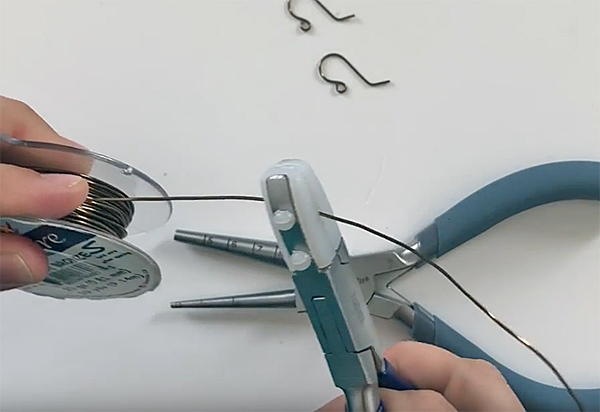
One of our employees, James Browning, hosts a bi-weekly YouTube show, Conversations in Wire, discussing his passion for Craft Wire and wire wrapping. James has these tips for the new wire wrapper:
Have Fun! Do not be afraid to experiment. Craft Wire is forgiving for the most part. As long as you have patience and a pair of nylon jaw pliers, most mistakes can be undone.
Relax! Don't put a death grip on your tools or you will mar your wire.
Take your time.
Pay attention! Watch for kinks. Take your time.
Don't give up! If you mess up, take a break. Do something else. Then go back and try it again!
James loves to work with Craft Wire. He loves that it has so many applications. He also likes that Craft Wire supplies do not require an additional room to purse the hobby. You tool kit does not have to be huge.
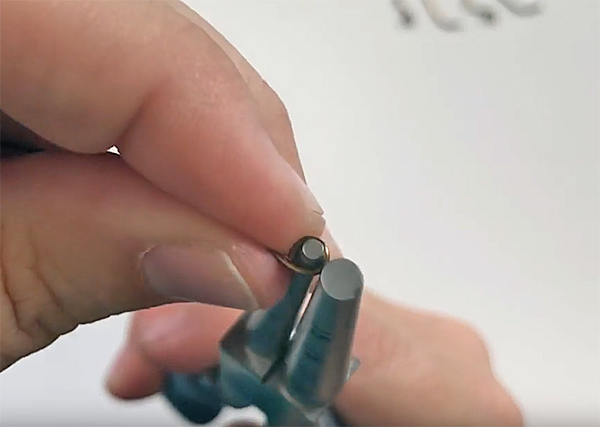
Sara discusses applications of Craft Wire. For example, Craft Wire is great when making clasps for a chain project. The color of the findings can be matched to your jewelry project. This makes it easy for a jewelry designer to forecast the look of every finished design that they make since they have control over the wire and the components.
Sara discusses nylon jaw pliers. Nylon jaw pliers are pliers with nylon on the head. The nylon shields metal from the wire. This means the wire will not mar or peel. Nylon jaw pliers are perfect for straightening a bent or wavy wire off the spool. The are also great for work hardening the wire if you need to start with a stiffer wire for a project. Soft Flex has replacement jaws on sale for anybody that has worn the jaw down after a number of projects.
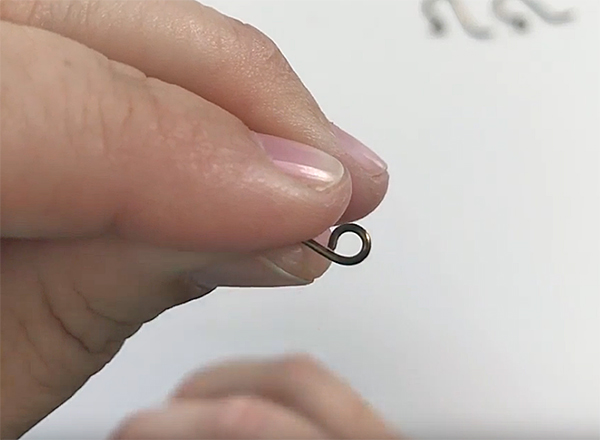
Soft Flex employee Kristen has some tips about wire wrapping. She hosts a YouTube show, Free Spirit Beading with Kristen Fagan, that broadcasts live every Monday:
A pair of nylon jaw pliers is a must.
I always try and cut more wire then I think I need - better to have extra then run out in the middle of a project.
Start with projects that use thinner gauges if you are a beginner. Thicker gauges can be more difficult to work with if you are not used to wire.
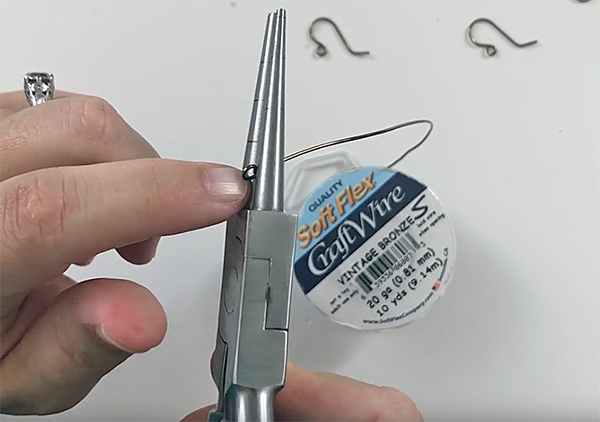
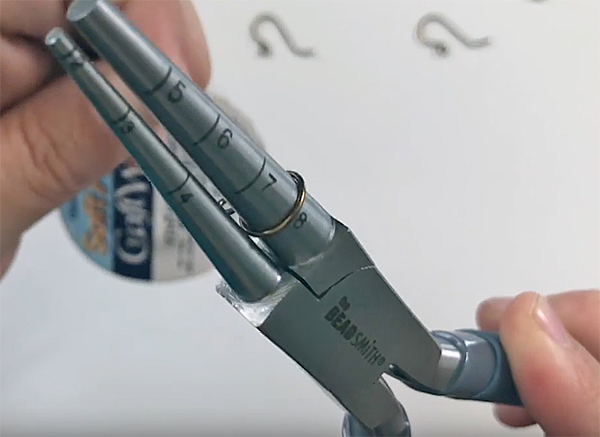
Tool Magic is a fantastic tool for anybody using Craft Wire. Tool Magic is a coating you can apply to any wire wrapping tools (chain nose, round nose, flat nose, etc.). Tool Magic will basically turn any tool into nylon jaw pliers. Tool Magic can be removed easily and will not leave a residue.
Sara unspools a generous amount of Craft Wire. She straightens the wire with a couple of pulls with the nylon jaw pliers. She says she pre-cuts her pieces normally so she has identical sized ear wire pieces. For the purpose of the video, she just leaves the wire on the spool. She trims the edge of the craft wire with cutters. She then lines up the Craft Wire on the LoopRite Pliers. She makes a 2mm loop. She moves the wire to the 8mm size for the loop that will fit in the ear. She pulls the wire to create the loop. Once the ear wire is shaped, she trims the wire. She says you can measure this part or use the previous ear wire you made as a guide for consistent sizes. She uses the nylon jaw pliers to make a final bend. Once the ear wire is made, she uses a Wire Whacker to work harden the metal so it retains it's shape.
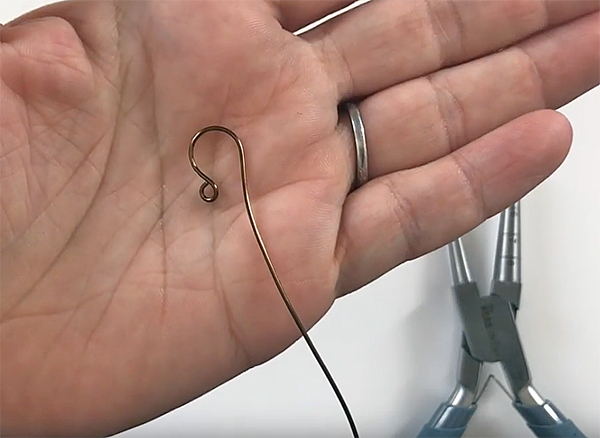
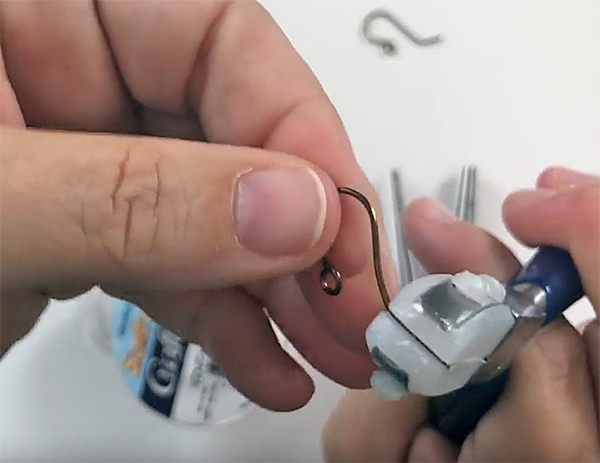
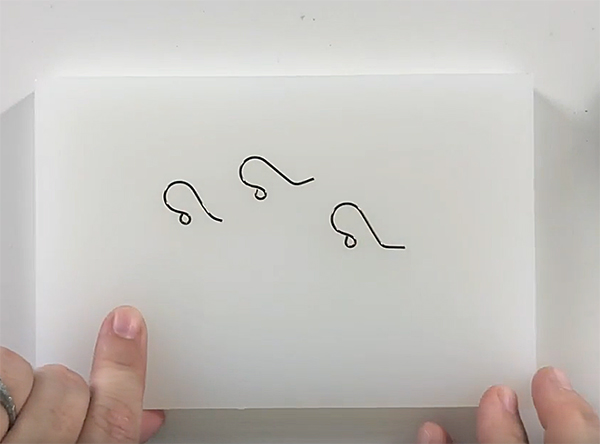
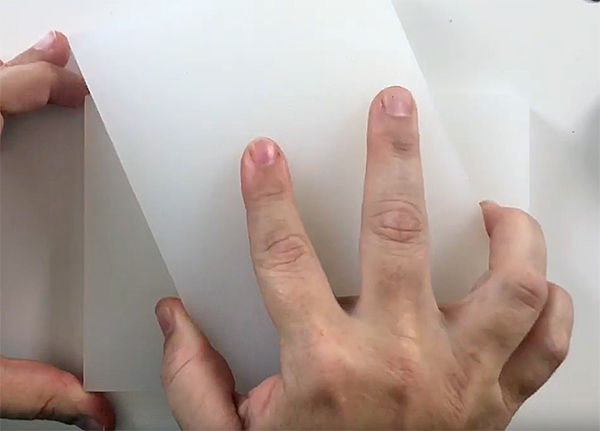
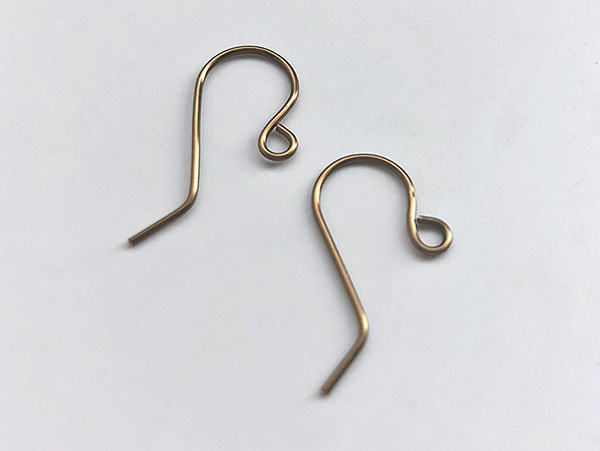
Wire Whackers are the perfect tool for quickly work hardening metal. Rather than strike your Craft Wire with a hammer individually, you can strike multiple pieces with the Wire Whacker. They are nylon. They will not mar or damage Craft Wire. Three or four strikes and the Wire Whacker has finished the job.
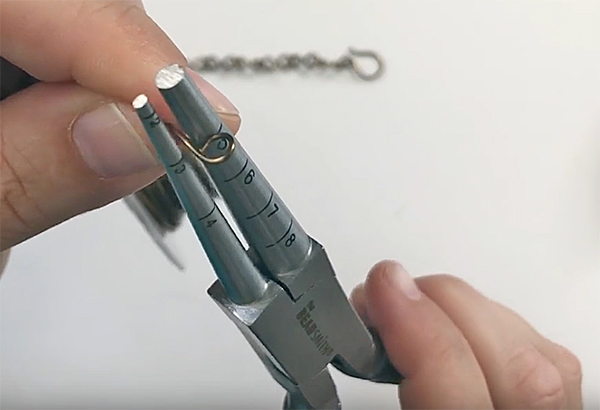
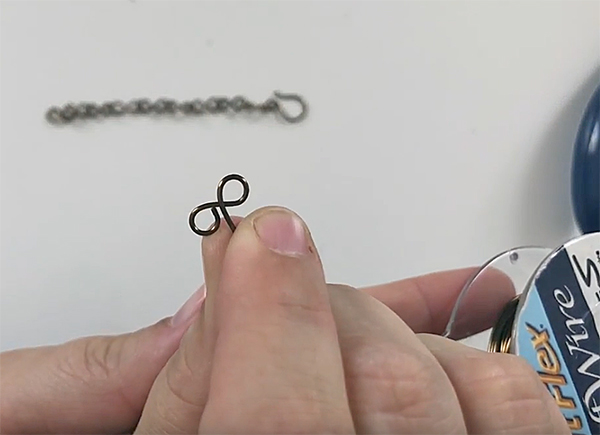
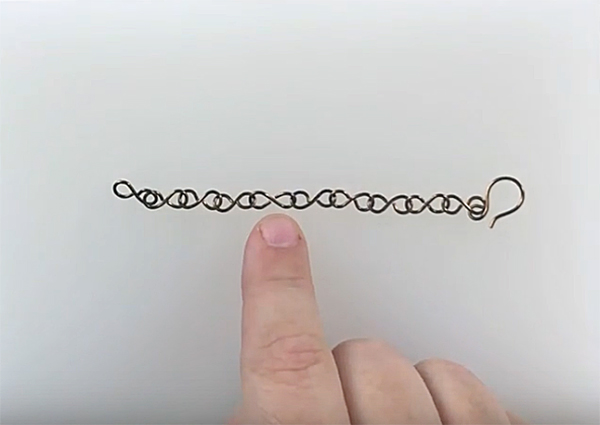
Sara shows the process she uses for creating chain links. She uses the 3mm marking and creates a loop. She flips the wire around and creates another loop. The finished link is an S hook. She work hardens the link in the Wire Whacker. She says make sure you don't try to work harden the chain as you will ruin the piece, but work harden the links. She makes a clasp to finish the chain.

Sara uses 20 gauge Craft Wire for the projects she shows in this video. Soft Flex carries 18 gauge through 28 gauge. The smaller the gauge number, the thicker the wire. 18 gauge is the thickest wire we carry. These gauges are the most commonly used gauges.
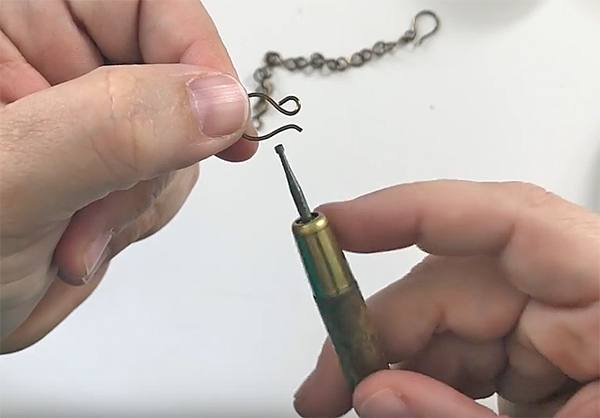
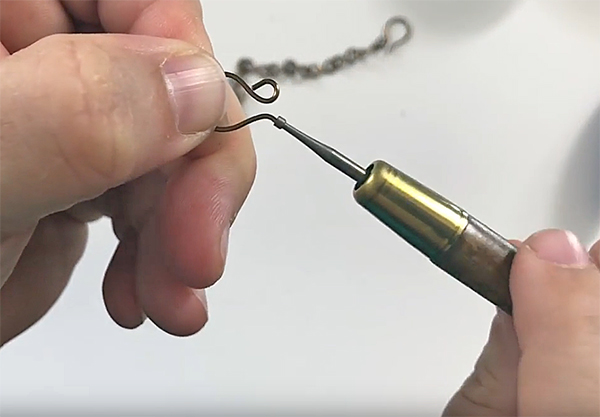
Sara shows how she uses a Burr Cup. Burr Cups are used to finish the ends of Craft Wire. When Craft Wire is cut, it can sometimes have a sharp or irregular edge. The Burr Cup grinds the end down so there are no edges that can irritate or snag. Inside the Burr Cup is a file that grinds the soft metal surface of the Craft Wire into a muted and soft end with no jagged parts. To use a Burr Cup, you simply need to twist the cup on the end of the Craft Wire.
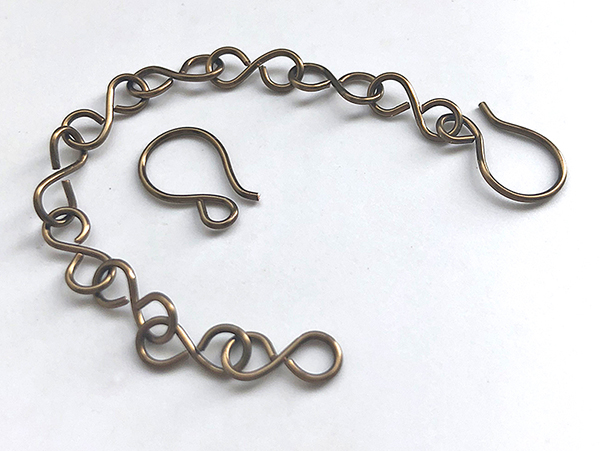
Check out our LoopRite Pliers. They are a must for the beginner or pro that demands consistent sizes in their jewelry.
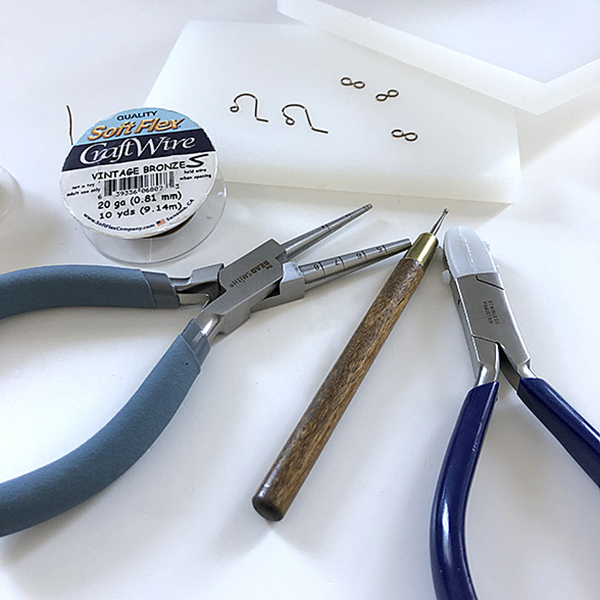
If you are a beginner, you should consider buying our Craft Wire Starter Kit. The Craft Wire Starter Kit includes a Bead Mat, Bead Nipper, Nylon Jaw Pliers, Round Nose Pliers, Bent Nose Pliers, Lobster Clasps, a 10 yard spool of 22 Gauge Soft Flex Craft Wire in your choice of metal color and a FREE package of Beads. Everything you need to get started and it is under fifty dollars! You just cannot find a better deal.
If you have questions about wire wrapping, you can email Sara or join our Facebook group. VIB is our group. You can paste photos and discuss jewelry with other group members. We strive to foster a strong creative community that loves to make jewelry and loves to give thoughtful comments on the hard work of others.
Visit the Soft Flex Company YouTube Channel!
Blog contributor Thomas Soles is the Trade Show Coordinator for Soft Flex Company. His favorite stones are Lapis and Pietersite. His favorite hobby is day dreaming. And his favorite mustache is Tom Selleck's. As you can see, he has a healthy (or possibly unhealthy) sense of humor. You can write to him at Thomas@SoftFlexCompany.com




